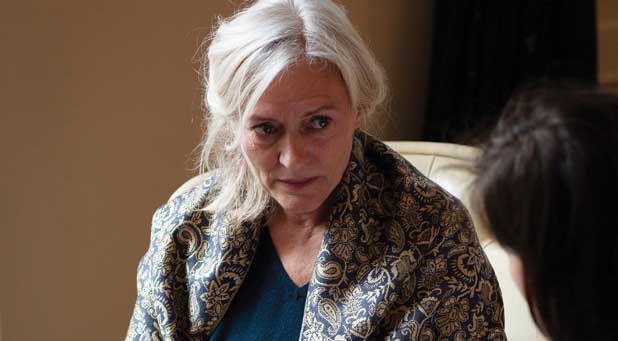According to a recent survey, 50 percent of women said they were aware that heart disease was their gender’s leading cause of death, yet just 15 percent counted it as their top personal health concern.
In fact, the majority of women still cite breast cancer as their number one concern—even though heart disease kills five times the number of women as breast cancer. Cardiovascular disease kills almost a half-million women in the United States each year. That figure exceeds the next seven causes of death for women combined.
A patient of mine, Dinah, had lost her husband to a heart attack. One night, when they were getting ready to go out to dinner, his face turned pale. He clutched his chest and fell to the floor. He died before the ambulance arrived.
Years later, Dinah was playing tennis when she noticed that she was becoming uncharacteristically tired. “I’m probably just getting old,” she said to herself. But her fatigue persisted, and one night she felt like she was coming down with the flu. She was hot, sweaty, and nauseous. She even threw up. Dinah decided to lay down, but couldn’t get comfortable so she paced her porch until she finally got sleepy. The next morning when she got out of bed, she fainted.
When Dinah regained consciousness hours later, she was in the emergency room. She had suffered a heart attack.
“I never dreamed I could be having a heart attack,” she told me. “I didn’t realize that women could get heart attacks. But even if I had, I wouldn’t have thought it was happening because I didn’t have any chest pain.”
To most people, chest pain is the most obvious sign of a heart attack. However, though it does sometimes occur, chest pain is less likely to happen in women. In fact, according to a new study reported in JAMA Internal Medicine, one out of five women age 55 or younger do not experience chest pain as a symptom of heart attack. This finding has serious implications for emergency room professionals as well as women at risk of a heart attack.
It is very telling that when I was in medical school, we were taught that chest pain and pressure were the “typical” warning signs of heart attack, and that other symptoms were called “atypical.”
Well, it turns out that if you’re a woman, these heart attack symptoms are not “atypical” at all—in fact, they are very typical.
Chauncey W. Crandall, M.D., F.A.C.C., chief of the cardiac transplant program at the world-renowned Palm Beach Cardiovascular Clinic in Palm Beach Gardens, Fla., practices interventional, vascular and transplant cardiology. Dr. Crandall received his postgraduate training at Yale University School of Medicine, where he also completed three years of research in the cardiovascular surgery division. Known as the “Christian physician,” Dr. Crandall has been heralded for his values and message of hope to all his heart patients.
For the original article, visit chaunceycrandall.com.












